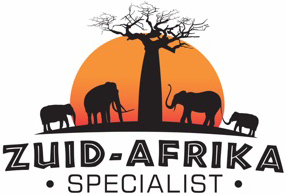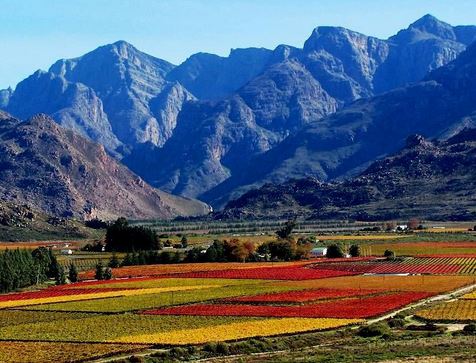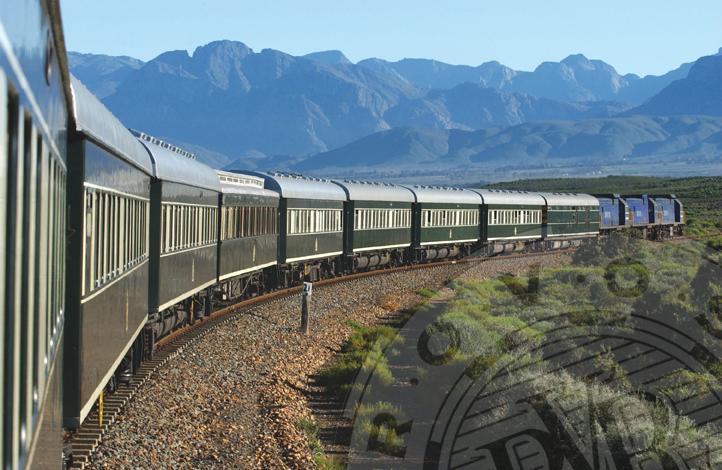West Coast National Park
About 120 kilometers north of Cape Town, on the coast of the Atlantic, you will find the special West Coast National Park. This coastal swamp area of approximately 27,000 hectares is the habitat for large quantities of birds. Close to the waters of the azure Langebaan lagoon of the Atlantic Ocean are miles of golden beaches. On the rocks you will often find seals that are equally lovely to sunbathe.
Fields full of wild flowers can be seen here in the South African spring, between August and early October. The rugged strong bushes, the Milkwood trees and the fynbos adorn the coastline and stabilize the sand dunes. Be amazed by the landscape, especially that of the Postberg area, which is only open a few months a year. Animals that have made this area their home are: gemsbok, bontebok, springbok, ibex, diver, hartbeest, moose, gnu and zebra.
But wild cats, the genet cat and the fox also live in this pristine area.
It is also the area that offers home to as many as 250 species of birds that live here or spend the winter alone, including flamingos, plovers, sandpipers, pelicans and numerous waders. Go to the Geelbek hideout and observe the inhabitants of Langebaan lagoon. In ornithological circles, the nature park is widely known as one of the most important protected bird areas in the world.
The area has a rich history and is also famous because the “footstep of Eve”, the oldest human footprint, is found here. But the enchanting beauty of the coastline and the flora and fauna really surpass everything. It is a place for the true nature lover!
Activities:
– Wild spotting from your own car.
– See the sea of flowers in the Postberg area, open in August – September (flower season).
– Bird spotting at Geelbek, Seeburg and the Abrahamskraal shelters.
– There are picnic spots at Kraalbaai and Tsaarbank and the last one is good dolphin and whale watching between August and November.
– In the park you can practice various water sports (at Kraalbaai) such as kayaking, kite boarding and surfing, but you can also fish, walk and cycle here. Bicycle and mountain bike tours start at the Geelbek visitor center.– Buy the cards of the flora and fauna that the park has at the entrance, this makes it easier to quickly find what you are photographing.
The park is accessible by a sedan vehicle, there are numerous paved paths so a 4×4 is not necessary.
Park opening times: April to August from 7 a.m. to 6 p.m. and September to March from 7 a.m. to 7 p.m. The Postberg area is open during the flower season, August and September, from 9 a.m. to 5 p.m.
Conservation Fees: the South African National Park administration has set a daily entrance fee (entrance fee) for all individual SAN parks. If you are going to visit several SAN parks in South Africa then it may be useful to purchase a Wildcard.



